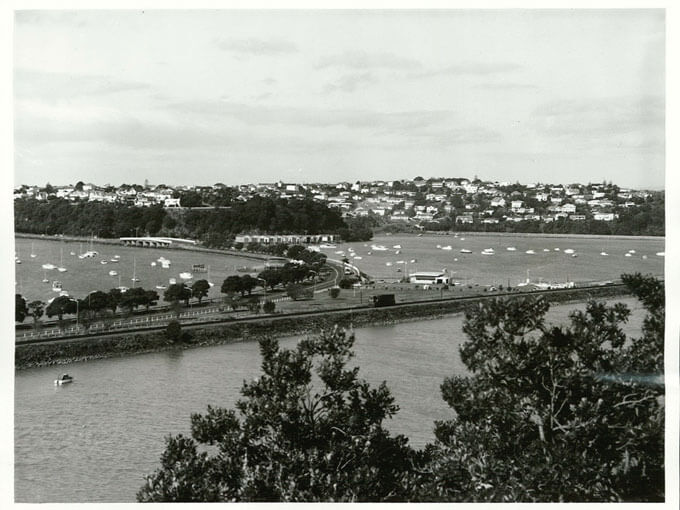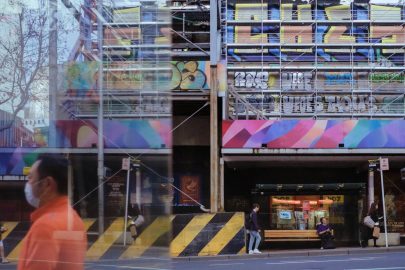Oct 20, 2015 Property
This article was first published in the October 2015 issue of Metro.
To look at Tamaki is to look at possibility. And action. The transformation taking place in the suburbs of Glen Innes, Pt England and Panmure right now is one of the most profound in the whole city.
It needs to be. Forced evictions and removal of state housing from Glen Innes over recent years created a bitterness in the suburb that has not yet been eased, and all parties to the development still have work to do restoring local confidence. The good news is, they’re doing that work, and on the whole doing it well.
Te Oro, the new community centre in Glen Innes, is a magnificent and very busy asset. Down in Panmure, they’ve redeveloped the town centre and arterial road interchange (don’t worry, the famous sign is still there), and they’ve got one of the best-looking train stations, too.
New commercial precincts will be created, and there’ll be more of the modern, eco-efficient, mid-range housing already established so successfully in nearby Stonefields.
There are real prospects for this part of Auckland: sunny slopes and appealing features like the Panmure Basin are obvious pointers to the potential.
Less obvious, perhaps, but more important than all of that, is the plan to transform the standard of housing on the Pt England flatlands.
The Tamaki Redevelopment Company is a joint venture between the government and the council and is mandated to turn a suburb that’s little better than a slum into a model of warm, dry, energy-efficient, affordable housing, with good transport links and well-appointed community facilities.
Pt England Primary School has been a national pioneer in the use of technology in learning and, at least as valuable, in using it to link home and school. Now, on this neglected section of the Auckland coastline, the prospects are that the whole area, a relatively easy commute from downtown, could become a great place to live.






